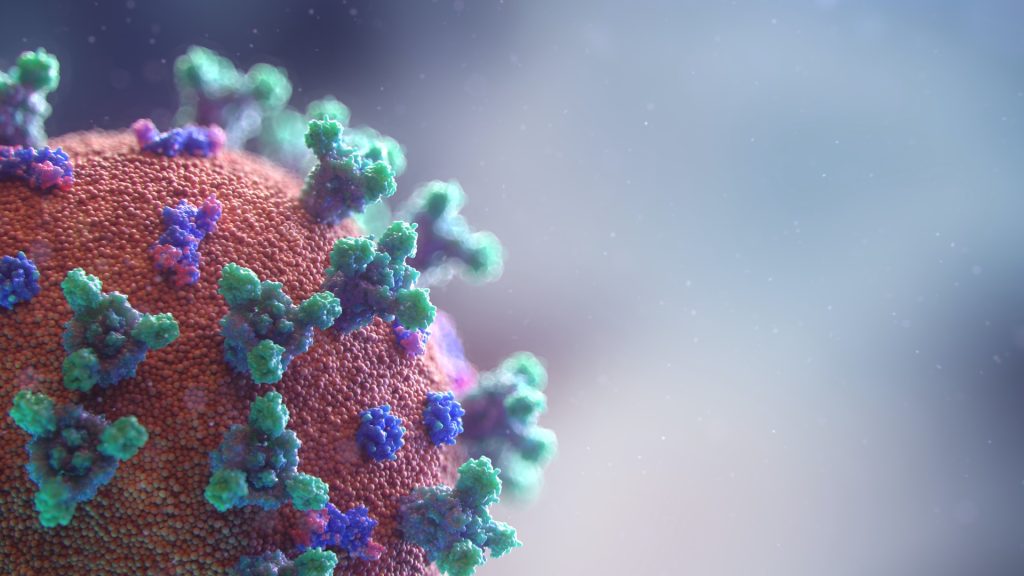
A new study suggests that the sensitivity of tests for SARS-CoV-2 vary throughout the day according to the body’s circadian rhythm, which could have implications for how the disease is managed.
Carl Johnson, Cornelius Vanderbilt Professor of Biological Sciences, wondered how the virus might act differently depending on the time of day and the body’s circadian rhythms, and collaborated with colleagues to determine if the percentage of people testing positive for COVID varies based on time of day. They found that people were up to two times as likely to have an accurate positive test result if they tested in the middle of the day compared to at night. Their findings were published in the Journal of Biological Rhythms.
The data support the hypothesis that COVID acts differently in the body based on our natural circadian rhythm, which has also been implied by studies of other viral and bacterial infections. COVID virus shedding, when infected cells release infectious virus particles into the blood and mucus, appears to be more active around midday due to modulation of the immune system by our biological clock.
“Taking a COVID test at the optimal time of day improves test sensitivity and will help us to be accurate in diagnosing people who may be infected but asymptomatic,” Prof Johnson said. Their results indicate that viral load is lower after 8 pm. If people choose to get tested at that time, there could be a higher chance of a false-negative result. False negatives can be harmful to the community and for the patient, who might not seek additional care due to their negative test result.
A difference in COVID viral shedding throughout the day would help inform treatment for the disease. As Johnson and his co-authors report, the peak shedding in the afternoon, when patients are more likely to interact with others or seek medical care, could play a role in increasing the spread of the virus in hospitals and the wider community.
Further research is needed to confirm the diurnal nature of SARS-CoV-2. Experimentally testing COVID patients to see if individuals shed the virus differently throughout the day would have important public health implications, Prof Johnson said.
Source: Vanderbilt University

